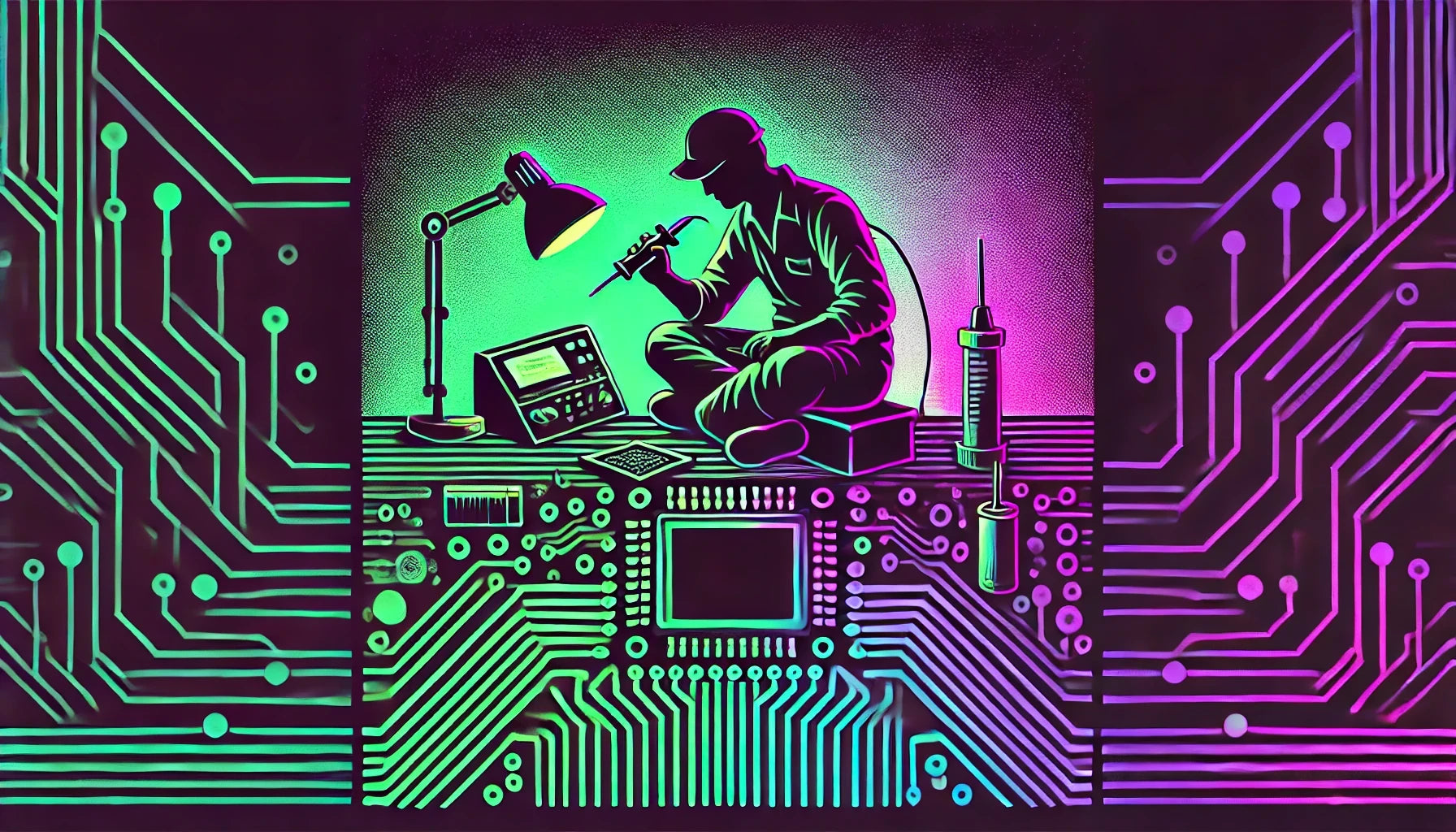Reconnect the Stream
- When you face the `Bad state: Cannot add new events after calling close` error in Flutter, it typically indicates that a `StreamController` has been closed, but further attempts are being made to add events to it. To address this, you can recreate or reinitialize your `StreamController` instead of adding events to a closed one.
- Ensure that every time you need to use a closed stream, you create a new instance of the `StreamController` instead of trying to reuse the closed one.
StreamController<String> _controller;
// Function to initialize or reset the controller
void _initializeController() {
_controller = StreamController<String>();
}
void main() {
_initializeController();
// Now, use _controller as your new stream source
}
Check Stream Lifecycle Properly
- Maintain a clear lifecycle for your stream. Ensure that you close your stream only when you are certain that no more events will be added. This will help prevent accidental interactions with a closed stream.
- When you no longer need a stream, close it. But before adding new events, always verify whether the stream is active, and reset if necessary.
// Ensure you close streams when no longer in use
@override
void dispose() {
_controller?.close();
super.dispose();
}
Implement Error Handling
- Implement try-catch blocks or stream error handlers to gracefully handle unexpected errors. This allows your application to continue running or to show a meaningful message to users, rather than crashing.
_controller.stream.listen(
(event) {
// Handle your data here.
},
onError: (error) {
print('Stream error: $error');
// Optionally reinitialize the controller.
}
);
Use Broadcast Streams if Necessary
- In cases where multiple listeners are required or stream reuse is needed, consider using a `Broadcast Stream` by converting your stream to broadcast mode. However, this approach requires careful management, as it doesn't inherently solve errors related to closing and adding events, but can be helpful in scenarios with multiple data consumers.
void _initializeBroadcastController() {
_controller = StreamController<String>.broadcast();
}

























